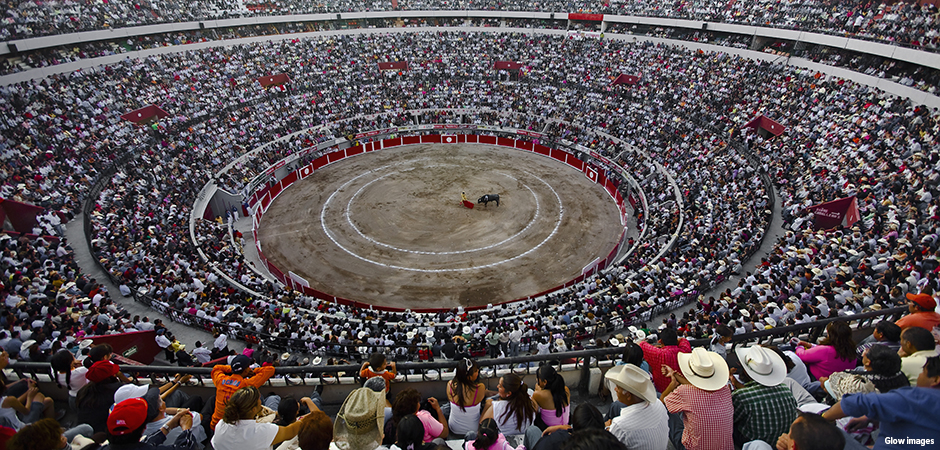
Bullfighting is a tradition in many Latin American countries that dates back five centuries. But recently, the practice has been officially banned by Mexico’s legislature. While animal rights activists are celebrating the decision, others are protesting the loss of what they see as a tradition and an art.
What Happened?
Bullfighting began in Latin America soon after the arrival of the Spanish and the defeat of the Aztecs by Hernan Cortes in 1521. But in recent years, the Justicia Justa organization has claimed that bullfights create an unhealthy and violent environment. They argue that bullfights also encourage animal cruelty. Beginning in 2013, several states across Mexico began banning bullfights. This started many legal challenges that would span the next decade.

Spanish-style bullfighting features a matador who uses a red cape and a sword to fight the bull. Other individuals called banderilleros and picadors assist the matador by weakening the bull. They stick barbed sticks and a lance to injure the bull and make it easier for the matador to fight the animal.
In June 2022, a judge in Mexico City banned bullfighting at La Plaza Mexico, the world’s largest remaining bullfighting arena. The ruling stated that the people who lived in the city had a right to an environment free of violence. Protestors responded by writing the word “freedom” on their hands while the stadium attempted to appeal the ban. Eventually the ban was overturned, and bullfighting returned to the capital city in 2024.
Now, the Mexican legislature has officially banned the practice by a 61 to 1 vote. Technically, the law doesn’t prohibit bullfighting altogether. It prohibits “violent bullfighting,” which is the killing of bulls and the use of sharp objects. The law also states how long bulls are allowed to be in the ring. This is an attempt at a compromise between the two sides, allowing the tradition of bullfighting to continue but without bloodshed.
Animal Cruelty or Tradition?
Animal rights activists are celebrating the decision. According to Humane Society International, about 180,000 bulls are killed in bullfights every year. Even more are killed or injured in related events, such as bull parties.
However, many people take pride in the bullfighting tradition and consider it an important cultural expression. The bullfighting industry generates about $400 million a year. It is also a major tourism draw and generates 80,000 direct jobs and 146,000 indirect jobs.
Can a Compromise Work?
Violence isn’t always a part of bullfighting. Portuguese-style bullfighting, for instance, doesn’t hurt or kill the animal. In this version, bulls wear a Velcro pad on their backs while people on horseback (“cavaleiros”) try to stick a Velcro-tipped pole, called a banderilla, to them. Then “forcados,” people on foot, try to grab the bulls by their horns. This version is still dangerous, because the human participants can be knocked down or trampled. But there is no bloodshed, and the animals are not injured. This version has also become popular in California.
